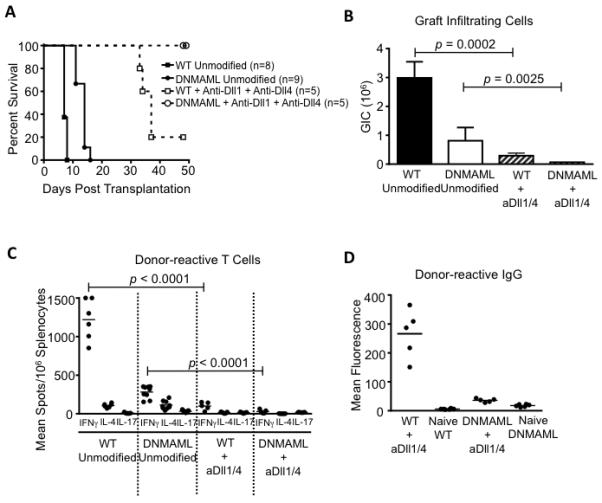Figure 7. Transient Dll1/4 blockade provides prolonged protection from rejection even without CD8 depletion.

(A) BALB/c heart allografts were established in B6 recipients in the absence of T cell depletion, with intact Notch signaling (WT unmodified, n=8), T cell-specific DNMAML expression (DNMAML unmodified, n=9), Dll1/4 blockade (WT+anti-Dll1+anti-Dll4, n=5) or both DNMAML expression and Dll1/4 blockade (DNMAML+anti-Dll1+anti-Dll4, n=5). DNMAML only modestly prolonged allograft survival over WT recipients. Dll1/4 blockade (day 0, 3, 7, 10) in WT recipients markedly prolonged graft survival (median rejection >35 days). Dll1/4 blockade in DNMAML recipients led to 100% graft survival over the entire observation period; (B) Number of graft-infiltrating cells at the time of rejection or at termination of the experiment (n=5-9/group); (C) Enumeration of cytokine-producing cells in the spleen at the time of rejection or at termination of the experiment; (D) Quantification of serum donor-reactive IgG antibodies. Unlike Dll1/4 inhibition alone, DNMAML expression and anti-Dll1/4 treatment blocked the accumulation of alloantibodies. Selected data for WT and DNMAML recipients presented in Fig. 1 are repeated in Fig. 7A-C for comparison with anti-Dll1/4 treatment.
